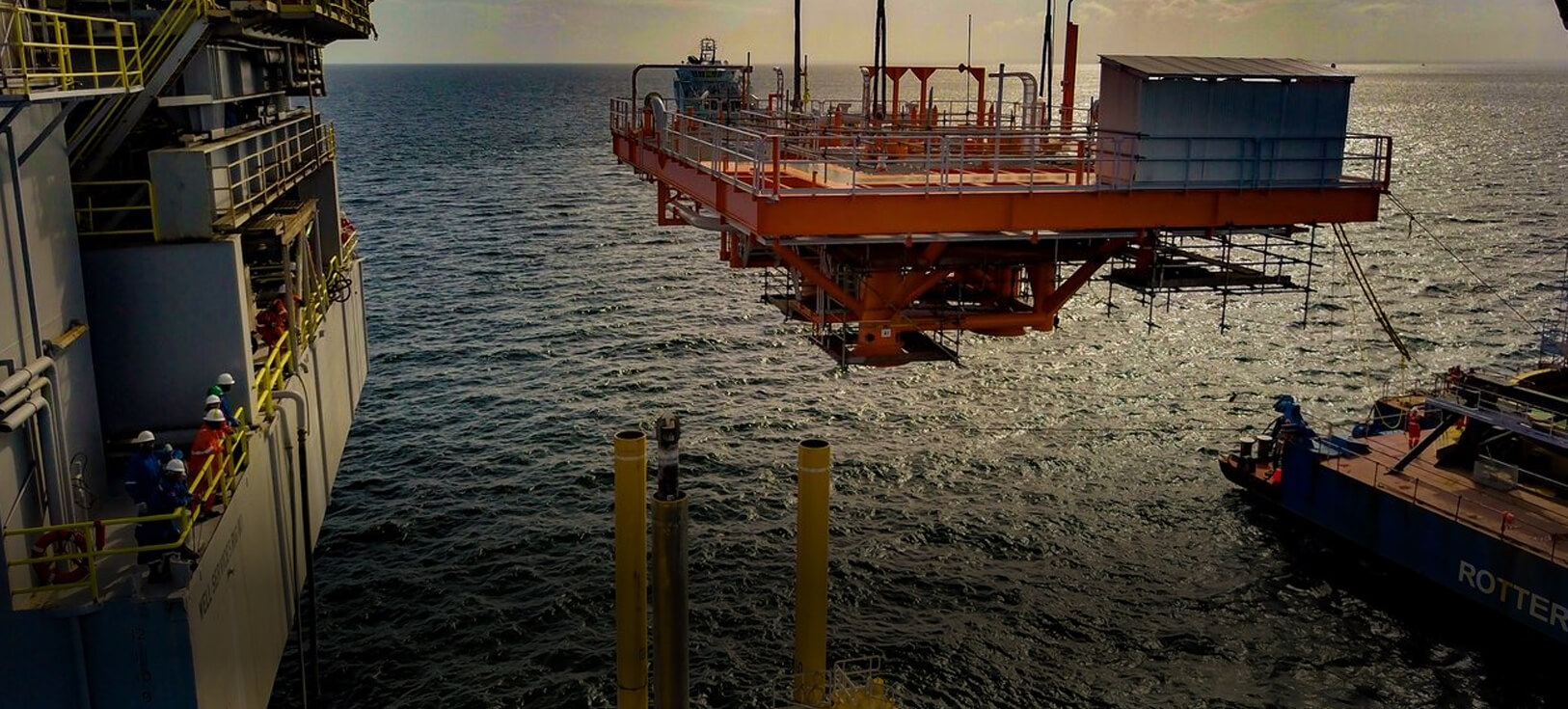Mixed Performance by the Sector

GUARDIAN, THURSDAY 28TH MARCH, 2019
In a few days, the first half of the fiscal year 2018/2019 will come to an end and Minister of Finance Colm Imbert will be able to report to the country that the performance of the energy sector has been mixed.
On the upstream side, there has been an increase in natural gas production as Royal Dutch Shell has added a net of 200 million standard cubic feet of gas while bpTT has further stabilised its natural gas production by bringing onstream its Angelin field. Natural gas production is crucial to the performance of the energy sector and the T&T economy.
In its January economic bulletin, the Central Bank pointed to the improved output in natural gas as being the driving force in growth in the energy sector and by extension the economy. The bulletin read: “The domestic economy should receive a boost in 2019 from the anticipated startup of the Angelin gas platform during the first quarter and other energy projects in the pipeline.
This will complement the boost to the energy sector from the Juniper field.” Natural gas production is important because it allows the government to earn revenue from taxation at the wellhead due to increased volumes. It also results in more gas for the downstream petrochemical sector and for Atlantic LNG, all allowing the Exchequer to improve his take. In 2018 natural gas production averaged 3.6 billion cubic feet per day and that is expected to increase to 3.9 bcf/d.
Recently the National Gas Company (NGC) noted that bpTT’s TROC and Juniper projects are already contributing to improved supply, The bulletin continued: “Angelin came on stream recently and Ginger, Jasmine and Coconut Deep are expected 2019-2020. First gas from Matapal, Savannah and Macadamia are expected in 2022. Shell’s Colibri and Barracuda developments are being progressed.
Supply from De Novo’s 1(a) field also commenced in November 2018, and the Zandolie field development is under evaluation.”
While the forecast for natural gas production looks promising, downstream the petrochemical sector is grappling with higher prices, lower margins and more competition in their external markets. It is a challenge that will continue to beset the sector and the Minister of finance for the foreseeable future.
During the first half of the fiscal year, the Minister of Finance would have seen an energy sector in upheaval with the closure of the former Petrotrin and the sending home of thousands of workers. New companies have been formed, with Heritage Petroleum taking over the exploration and production assets from Petrotrin.
With a pause in workovers, the production at the new state enterprise decline and there are promised of improvement in the second half of the financial prices. The Minister of Finance should be able to report on the coming onstream of additional downstream capacity with the startup of the methanol plant in La Brea.
Lower production has also come with lower crude prices with West Texas Intermediate and Brent crude falling from their close to US$70 a barrel to the midfifties in the case of WTI and just over US$60 a barrel for Brent.
In December, the Organisation of Petroleum Exporting Countries (OPEC) announced its plan to cut overall production by 1.2 million bopd, starting in January 2019 for an initial period of six months.
This announcement, which would usually boost prices, had little or no impact, as some analysts believe the reductions may not be
enough to offset the high levels of production in the US and other countries outside of OPEC.